Victorinox, the Swiss company famous for creating the iconic Swiss Army Knife, is weighing changes to its production model after recent U.S. tariffs raised fresh concerns about cost, branding, and national identity.
What’s Going On
- The United States has imposed significantly higher import duties on a variety of Swiss goods, which now include Victorinox’s knives. These tariffs have wrapped pressure around manufacturers who rely heavily on U.S. sales.
- Victorinox is considering performing final stages of production—such as cleaning, packaging, or final assembly—in the U.S. instead of exclusively in Switzerland. The idea is to reduce the “value” subject to U.S. customs duties, thereby softening the financial hit.
- However, the core manufacturing—especially the parts that give Swiss Army Knives their reputation for quality—is planned to remain firmly rooted in Switzerland. The company strongly emphasizes the importance of the “Made in Switzerland” label for its global reputation.
Challenges & Pressures
- A strong Swiss franc has been making Swiss goods more expensive abroad, reducing competitiveness in foreign markets.
- The increased tariff burden threatens profit margins for companies with substantial exposure to U.S. markets, especially those that have relied on Swiss labor and manufacturing prestige.
- Inventories already in the U.S. are providing a cushion for now, but Victorinox anticipates that the full impact of the tariffs will be felt in the coming year.
Identity & Brand Concerns
Victorinox confronts a tricky balancing act: preserving its history and brand identity, while adapting to changing trade realities. The Swiss Army Knife isn’t just a product; it’s a symbol of precision, durability, and Swiss craftsmanship. Diluting that by shifting more production to the U.S. risks alienating traditional customers who value Swiss origin.
At the same time, sticking rigidly to Swiss-only production under the new tariff regime may reduce profitability or force price hikes, which could lead to demand drop, especially in competitive global markets.
Potential Outcomes
- If enough production is shifted to the U.S. for final processing, the effective customs duty base could shrink—offering Victorinox some price relief.
- Pricing strategies may change. The company might need to absorb part of the added costs or pass them on to consumers.
- Marketing and communications will become vital. Maintaining brand loyalty in the face of perceived changes—especially among consumers who place high value on “Swiss made”—will require transparency and strong storytelling.
What This Signals for the Broader Economy
Victorinox’s dilemma is emblematic of wider challenges for exporters in countries with strong domestic currencies or high manufacturing costs. Tariff policies, already a major source of friction, can force heritage brands to make tough choices between cost structure and brand values.
This situation may encourage other Swiss exporters—and manufacturers in similar positions—to explore mixed‐production strategies or regional processing hubs. It also may amplify calls for trade negotiations, exemptions, or governmental support for affected industries.
Verdict
Victorinox finds itself at a crossroads. The company is showing pragmatism: exploring shifts that mitigate tariff costs while trying not to compromise what makes its products special. Whether those changes can preserve both profit margins and brand integrity remains to be seen.
For consumers, it will be a test of what they value more—price or authenticity. For the company, it’s a test of whether adaptability can coexist with legacy.

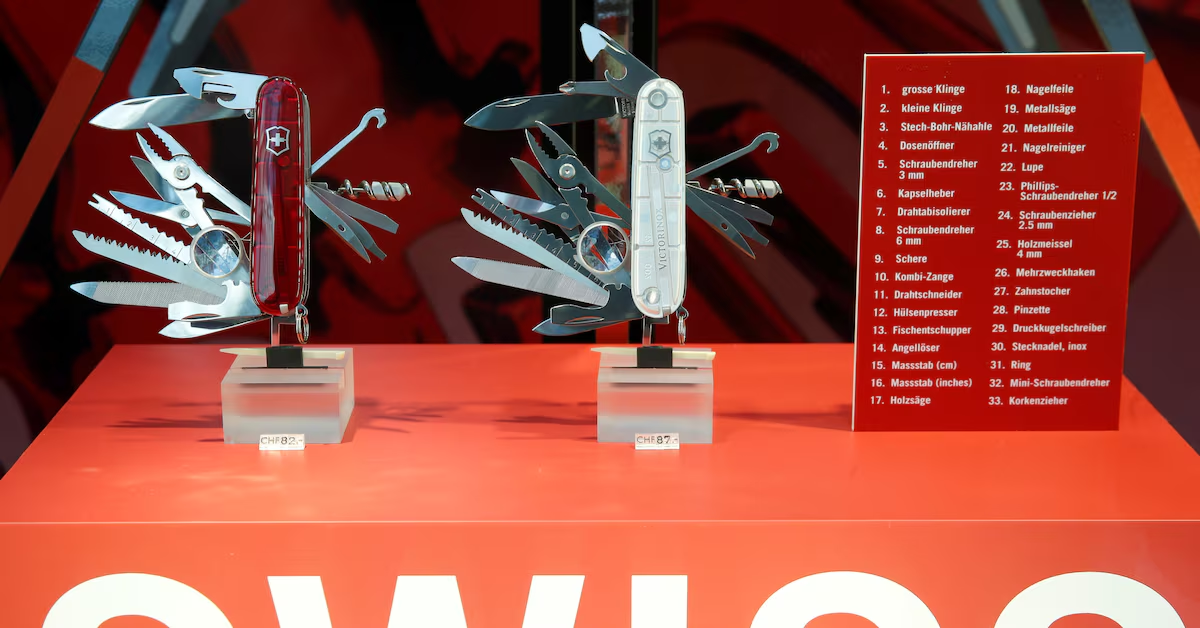
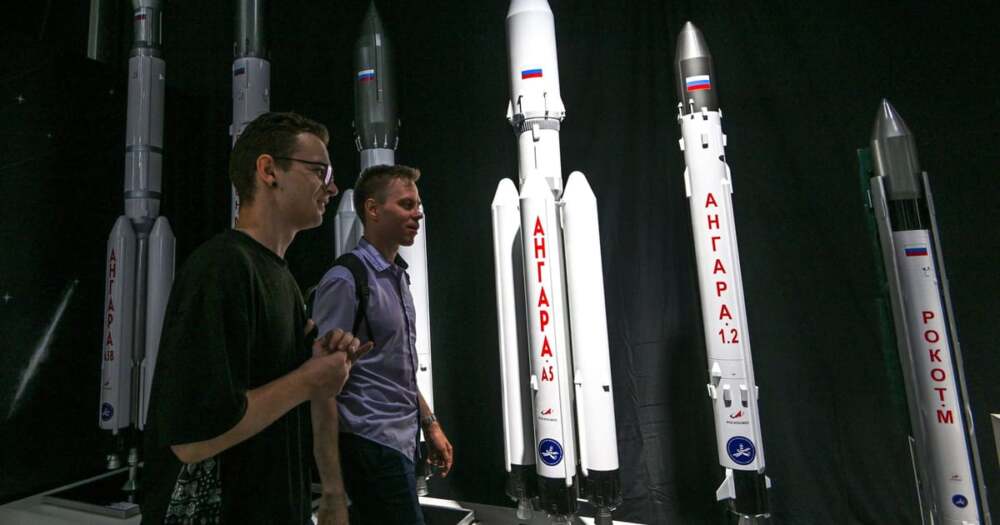

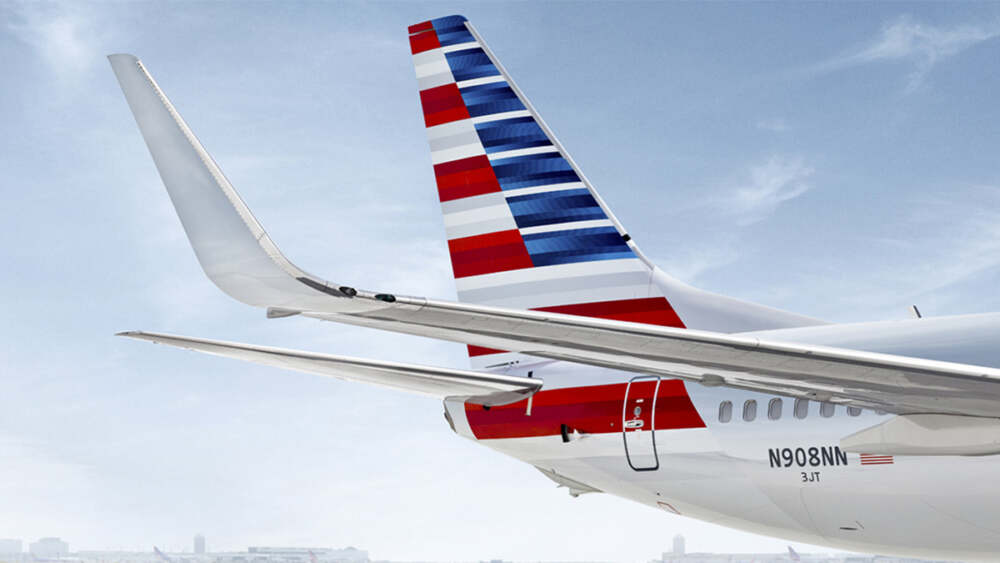




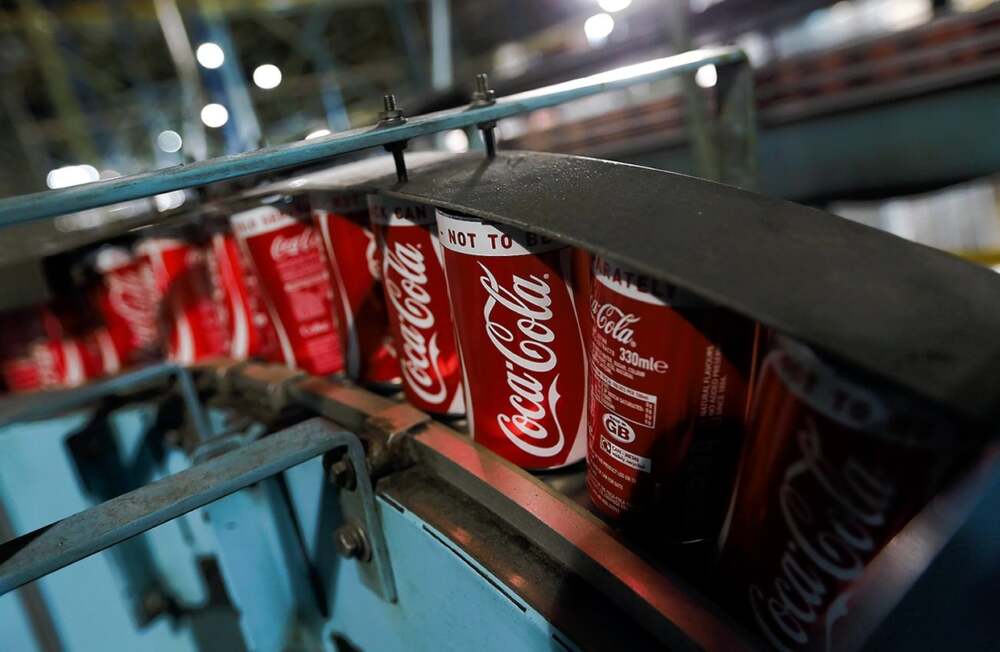


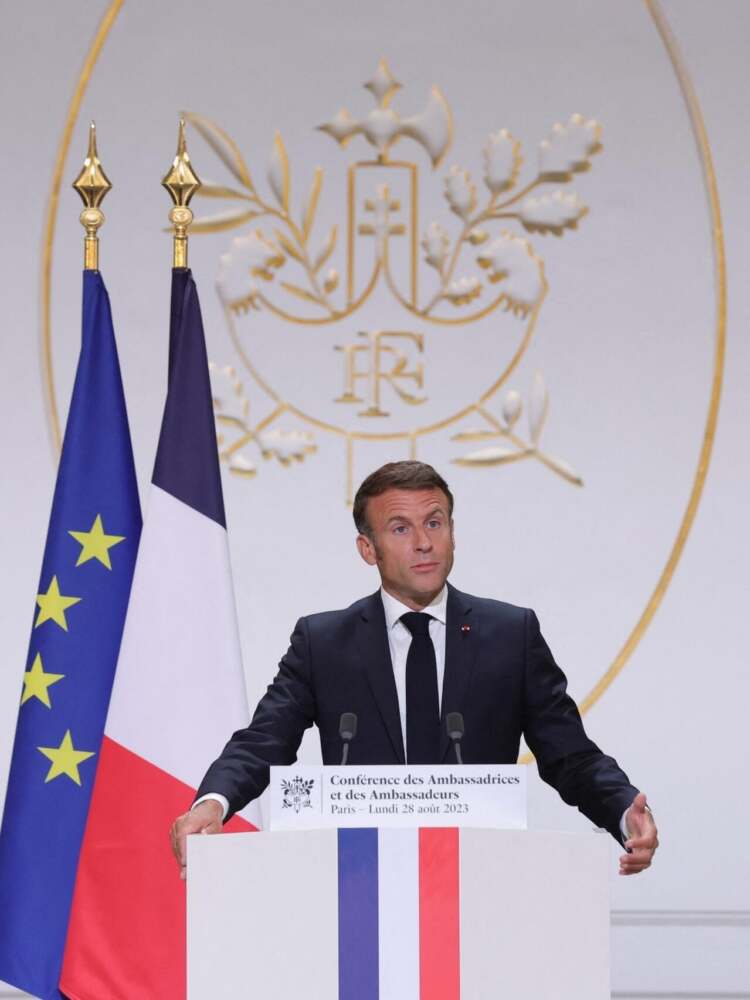


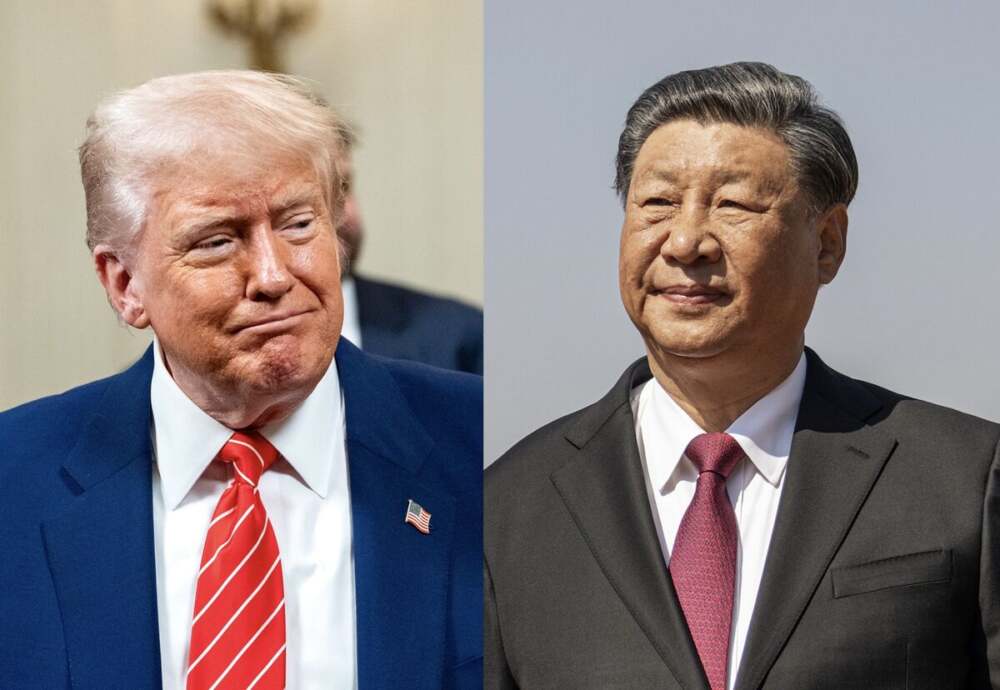
Leave a Reply